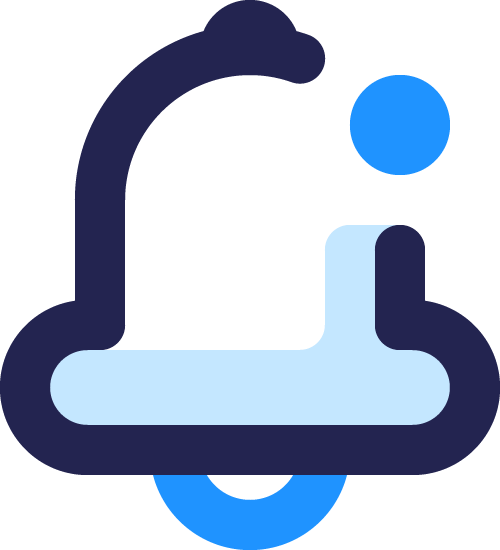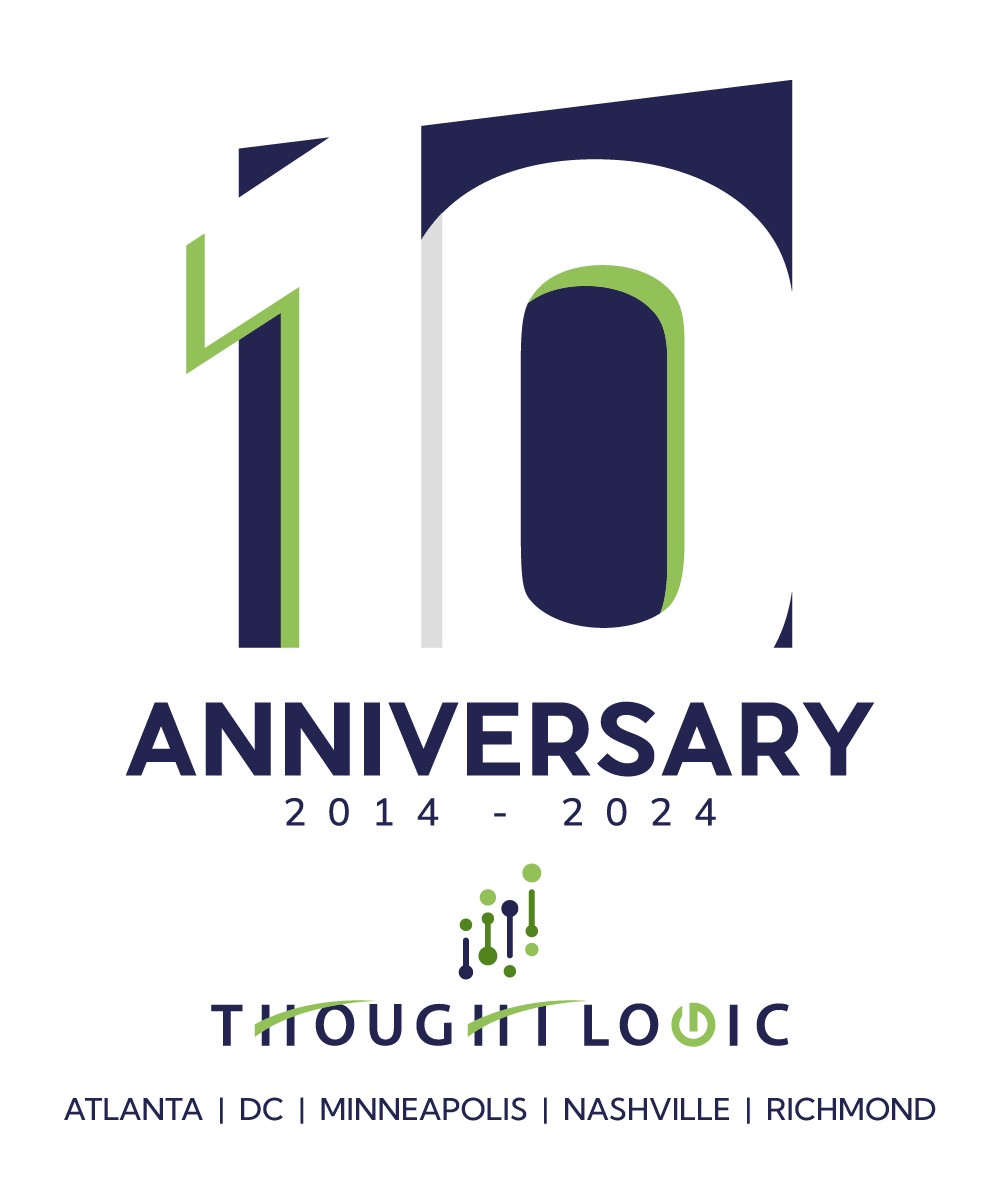The Pain of Change
Transformation remains a large investment for many organizations; however, employees are tired of change. According to Gartner, in the past 12 months, the average employee experienced 10 planned enterprise changes, and their willingness to support change initiatives has fallen from 74% to 43% over the past five years. Yet, in my 30 years of experience supporting large, complex organizational transformations, Change Management is most often the first line item cut from the budget.
Why should business leaders think twice before cutting change management from their budgets? If change is not managed well, there can be large consequences to the organization and its goals, as well as teams and individuals. Change pain points can include:
- Inadequate ROI and Change Outcomes: When change occurs at a fast pace, individuals are not able to master a change before starting another. Change fatigue can slow and reduce the benefits of a business initiative. If individuals are not able to adopt changes, there is risk to business success and return on investment.
- Suboptimal Innovation and Creativity: Innovative thinking takes energy and passion. When individuals are exhausted from continuous change, they have less energy, focus, and time for innovative and creative thinking.
- Decreased Business Productivity: Changes can interrupt work and business routines, leading to decreased productivity and performance. With mindshare divided between upcoming changes and normal responsibilities, individuals may struggle with focusing on their work tasks.
- Burnout and Stress: Higher volumes of change fatigue can contribute to higher levels of stress and burnout. The uncertainty of the change can take a toll on individuals’ mental and emotional well-being.
- Decreased Engagement and Morale: Individuals who are fatigued by continual change may become disengaged. This loss of morale can lead to a decrease in enthusiasm for work and a sense of detachment from the organization’s goals.
- Increased Turnover: Ultimately, individuals who feel burned out coupled with a loss of productivity, engagement and morale, may start looking for more stable work environments, which increases recruitment, onboarding, and training costs.
Change fatigue presents a significant challenge for individuals and organizations. The persistent pace of continuous or frequent changes can lead to negative consequences that impact productivity, engagement, well-being, and success of change initiatives. It is important for organizations to recognize the possible consequences of change fatigue and implement proactive strategies to address and manage it. Gartner recommends allocating 15% (minimum) of overall system implementation budgets to change management while many companies allocate 30% of their budget.
When cutting Change Management funding, many business leaders believe that internal company resources can address change management and communications needs of initiatives. Despite best efforts, often internal efforts fall short for the following reasons:
- Capacity constraints: Effective change management and communications planning requires focus and dedication. Unfortunately, these activities are additive to the resources’ regular job responsibilities.
- Focused strengths: A wholistic approach is required for effective change management. Many internal resources have deep strengths in a focused area versus wholistic change management experience.
- Accelerated timelines: Business initiatives are occurring at higher volume and faster pace. Internal resources often support keeping the lights on activities which makes it difficult to meet aggressive timelines.
Thought Logic’s Organizational Solutions Practice has seasoned consultants and a proven track record in delivering big results when partnering with clients to successfully implement large, complex change initiatives. Our consultants leverage an average of 15-18 years of experience to develop tailored change plans that are focused on achieving business outcomes while ensuring readiness of the organization and teams. Major focus points for our change plans include:
- Aligning leaders and enabling active and visible sponsorship
- Understanding stakeholder impacts and planning for change readiness
- Delivering consistent messages through proper channels in a timely manner
- Ensuring that employees are confident with their skills and knowledge on Day 1
- Monitoring the adoption of change and reinforcing / course correcting as needed

About Digital Enablement
Thought Logic’s Digital Enablement smartSolution provides full-circle capabilities that help keep organizations keep ahead of digital change.

Sign up to receive future Insights in your email box.
Never miss an update.










